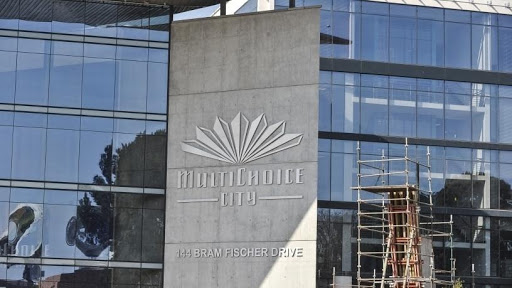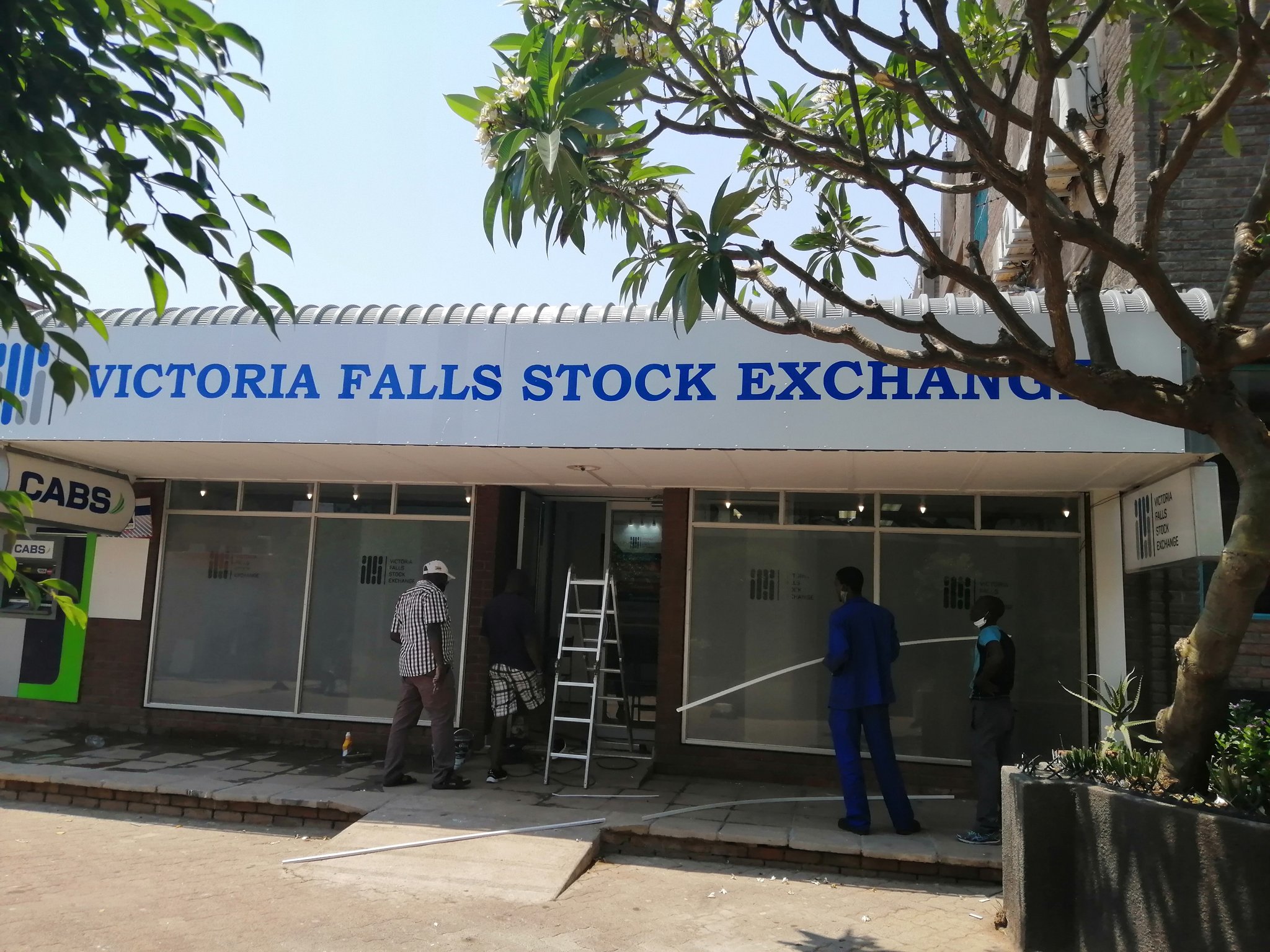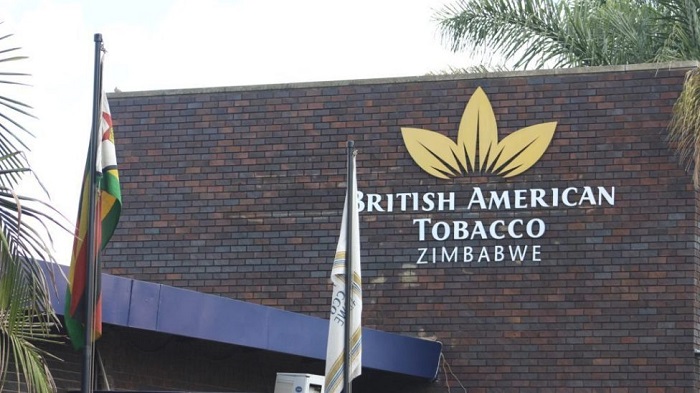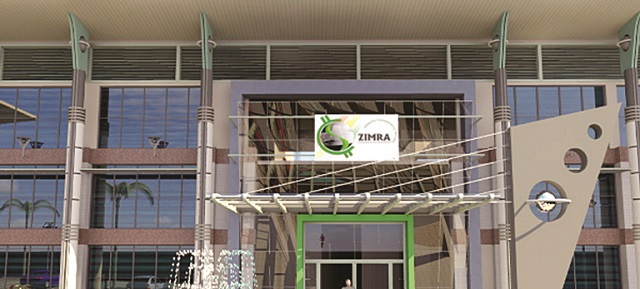Economy outpaces regional peers-RBZ
ZIMBABWE’s economy is growing faster than all its peers in the region, Reserve Bank of Zimbabwe (RBZ) governor Dr John Mangudya says, driven by strong agricultural output in 2021, attractive global mineral prices and massive construction across the country.
In fact, East Africa’s Djibouti, driven by recovery of port activities and perk up in global demand, might be the only African country to grow faster than Zimbabwe this year, according to an earlier forecast by pan-Africa lender, African Development Bank AfDB).
The sustained growth trajectory dovetails into Finance and Economic Development Minister Professor Mthuli Ncube’s mid-term budget review projection that the economy would this year expand by 7,8 percent, 0,4 percentage points better than his initial forecast.
Strict adherence to fiscal budgets, which this year earmarked 30 percent of the total purse for capital projects, has allowed the Treasury to channel significant tax revenues towards funding key projects like dams, roads, bridges and other public infrastructure.
Coupled with strong output from agriculture, manufacturing and mineral exports, Zimbabwe’s economy has responded positively and is poised to record its first major growth following two years of successive decline, first due to drought and cyclones and the negative impact of Covid-19.
Dr Mangudya said in an interview yesterday Zimbabwe’s economy was on the right growth trajectory, adding that the bulking growth was indisputable, as it was strongly backed by statistics extracted from the performance of key economic fundamentals.
Notably, both the International Monetary Fund and the World Bank issued statements confirming Zimbabwe’s economy was on the bounce, with the IMF expecting annual growth of around 6 percent while the World Bank was more conservative at 3,9 percent.
Widespread legislative and economic reforms instituted by the Government have also started paying dividends through falling inflation, stable exchange rate, recurring budget surpluses and generally stable and predictable macro-economic environment.
The central bank chief said even output from key productive sectors was on an upward trend spurred by improved access to affordable foreign currency for key imports, which saw cumulative payments of US$4 billion in the period January to August, 2021.
“Zimbabwe’s growth is higher than most countries in SADC. Zimbabwe is on a growth trajectory that no one can dispute unless they challenge it from an uninformed position.
Objectively, the economy is growing, but we are not saying there is no poverty,” he said.
Dr Mangudya said the only concern about Zimbabwe’s strong economic performance was the fact that the growth was not yet inclusive, however, noting even in developed countries like China, Britain and the US, one could always find very poor people.
Zimbabwe’s economy had suffered from nearly two decades of malaise, which may need a longer to redress before the growth can cascade to the lowest ebb of society and be felt by the vast majority of citizens in the lowest social stratum.
“People should not confuse growth with poverty. What it simply means is that the growth is not (yet) inclusive,” he said. Dr Mangudya said that the many companies that have reported strong positive performances were testimony to the growing economy.
A Schedule released by the central bank shows that the total foreign exchange payments for the period January 2021 to August 2021 amounted to just over US$4 billion (US$4 044 283 003), which went towards importing inputs for use in key sectors of the economy.
The statement, signed by Dr Mangudya, shows that a total of 1 728 beneficiary firms received US$ 1 733 751 014 allotted under the Main foreign exchange auction while 3 588 beneficiaries were allotted a cumulative US$233 825 680 under the SMEs foreign exchange auction.
“The auction system has so far covered and benefited almost every facet of the economy, from, inter a lia , individuals’ needs for educational fees, SMEs’ requirements for capital and raw materials and primary producers’ capital requirements.
“The auction has had a bigger footprint in the economy as more than 4000 entities have accessed foreign currency through allotment of US$1.7 billion at the Main Auction and US$233.8 million at the SMEs Auction,” Dr Mangudya said.
The bulk of the funds (60 percent) went towards payment for raw materials (US$794.7 million), machinery and equipment (US$382.5 million) and 40 percent was alloted for importation of consumables, pharmaceuticals and other critical needs of the economy.-ebusinessweekly.co.zw








